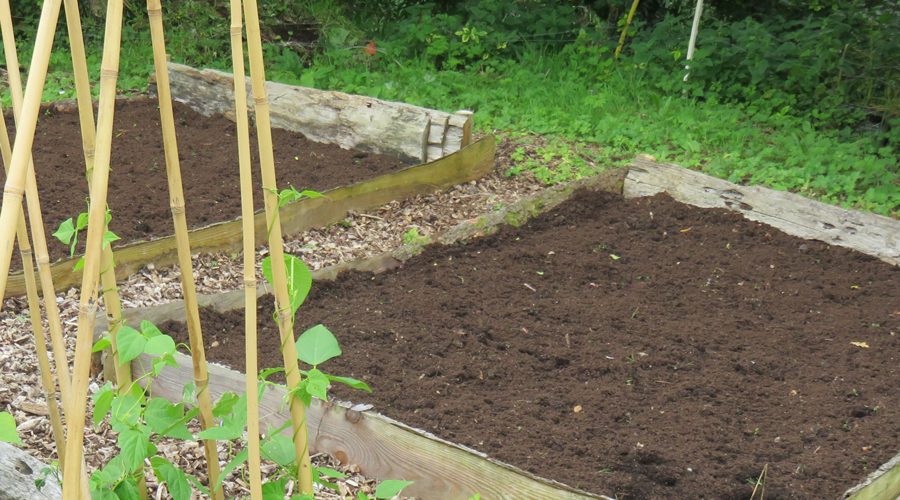As spaces crop up in your veg beds this autumn, you have three choices…
1. Re-plant with veg that’ll grow over winter.
2. Get them organised for winter so that you have great soil in spring.
3. Leave them be and suffer the consequences.
Naturally we don’t advise you to take option 3…you’ll find the quality of your soil is poor next spring and any weeds will go to seed only to plague you right through the growing season next year. You also risk carrying disease (blight etc) from this season to the next if affected plans are left to rot in the soil.
So, the question is, do you want to keep growing this autumn or will you be putting your beds to sleep for the winter? You can of course do both, as a lot of people don’t use so much space for growing autumn veg. Either way, here’s how to get those beds sorted out:
To re-plant with veg to grow over winter:
Pull up any old veg plants that are no longer cropping and pop the in the compost heap (unless they are disease ridden in which case it is better practice to remove them from the garden or burn them). Get the beds weed-free by using a handwork to gently ease them up at the roots. You don’t need to dig the whole bed over unless the soil is really compacted. If it’s fairly loose, then simply cover with a good layer of well-rotted manure or compost and, hey presto, you are ready to replant. We highly recommend adding a handful of wormcast fertiliser as you plant any new seedlings as the soil is likely to be a little depleted of nutrients after a summer of feeding plants.
To get beds organised for winter hibernation:
Again, pull up any old veg plants, get rid of any diseased plants, and make sure the beds are weed free. If the soil is very compacted then dig it over a little to loosen things up before adding a thick layer of well rotted manure or compost (or leaf mould if you have any). Making sure this layer of compost/manure is nice and thick (5 inches) will really help to suppress any weed seeds so that next year you have a clearer bed. Now, cover the soil with black plastic, weed membrane or even long strips of cardboard and make sure it’s all well secured with heavy stones to hold them down on windy wintry days. When it comes to spring, the soil will be in much better condition having been worked on by many worms and having been protected from frosts, snow and heavy rains.

